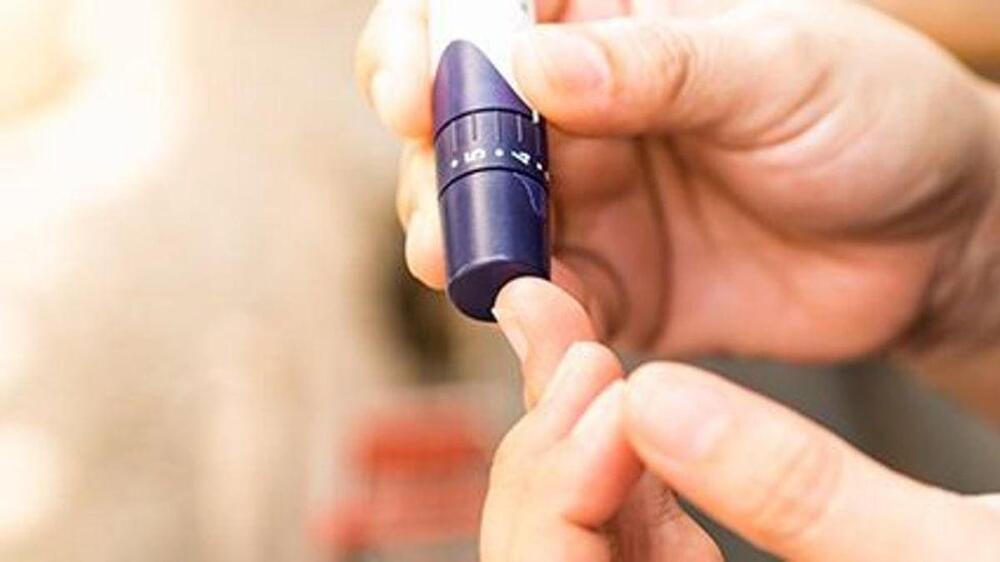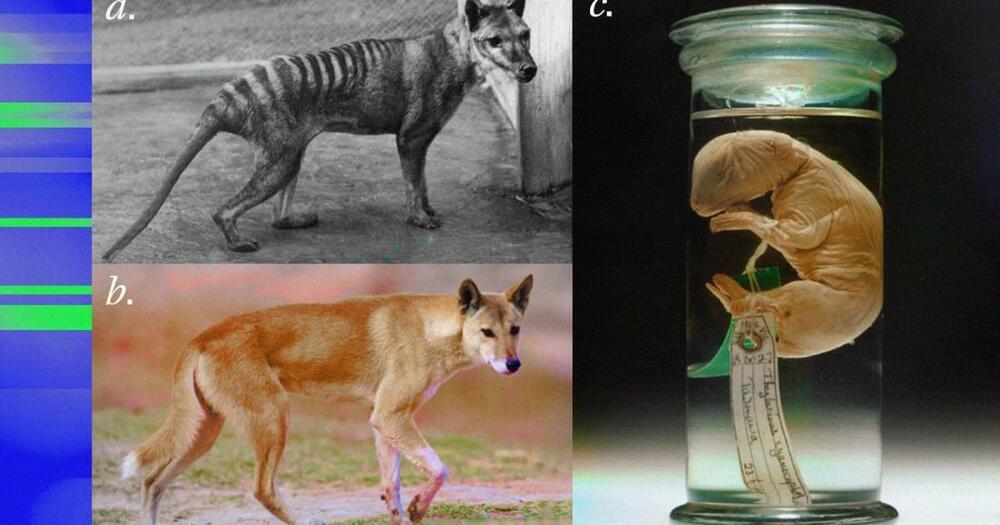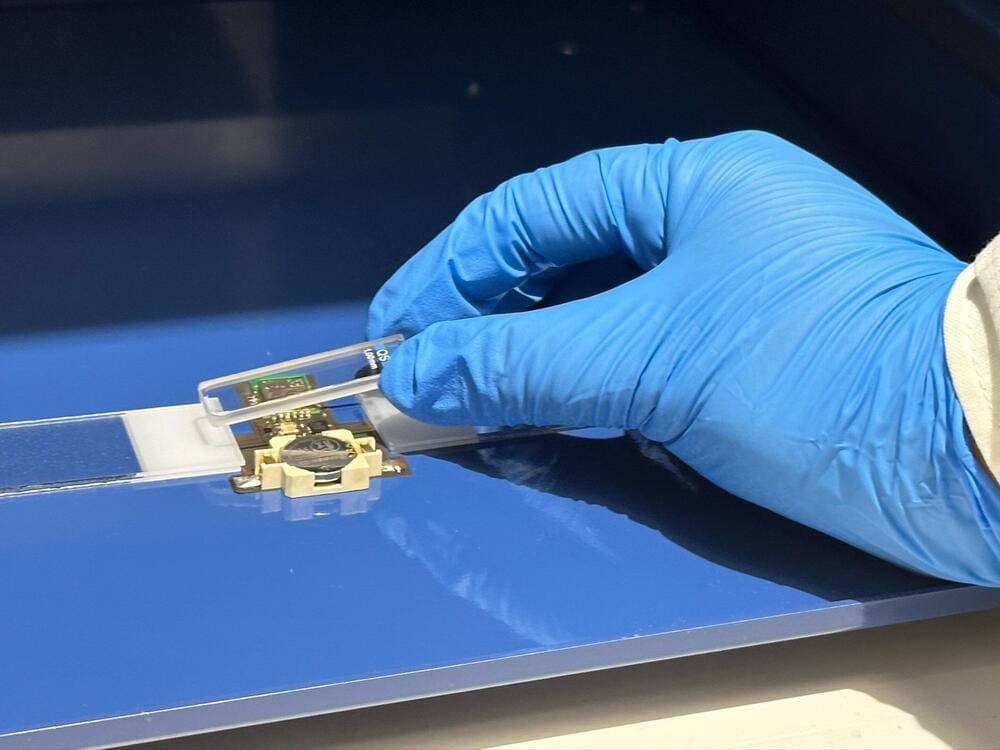In an observational study, noninvasive respiratory support was associated with disease slowing for ALS patients, regardless of stage or site of onset.



Alpha ketoglutarate, or AKG, has long been used as a dietary supplement in the bodybuilding world.
By satisfying bioenergetic demands, generating biomass, and providing metabolites serving as cofactors for chromatin modifiers, metabolism regulates adult stem cell biology. Here, we report that a branch of glycolysis, the serine biosynthesis pathway (SBP), is activated in regenerating muscle stem cells (MuSCs). Gene inactivation and metabolomics revealed that Psat1, one of the three SBP enzymes, controls MuSC activation and expansion of myogenic progenitors through production of the metabolite α-ketoglutarate (α-KG) and α-KG-generated glutamine. Psat1 ablation resulted in defective expansion of MuSCs and impaired regeneration. Psat1, α-KG, and glutamine were reduced in MuSCs of old mice. α-KG or glutamine re-established appropriate muscle regeneration of adult conditional Psat1 -/- mice and of old mice. These findings contribute insights into the metabolic role of Psat1 during muscle regeneration and suggest α-KG and glutamine as potential therapeutic interventions to ameliorate muscle regeneration during aging.
Keywords: aging; glutamine; ketoglutarate; muscle regeneration; muscle stem cells.
Published by cold spring harbor laboratory press.
Older people may be at greater risk of developing pancreatic cancer and have poorer prognoses because of age-related changes in cells in the pancreas called fibroblasts, according to research led by investigators from the Johns Hopkins Kimmel Cancer Center, the Johns Hopkins Bloomberg School of Public Health and the Bloomberg~Kimmel Institute for Cancer Immunotherapy.
The study, published online Feb. 8 in Cancer Research, provides clues as to why pancreatic cancer is more common and aggressive in older people. It may also help scientists develop new therapeutic approaches for this difficult-to-treat cancer. The study showed that aging alters fibroblasts in ways that enable them to promote pancreatic cancer tumor growth.
“Older fibroblasts release proteins that directly affect pancreatic cancer cells and ultimately lead to the growth and spread of pancreatic cancer tumors,” says the study’s lead author, Daniel Zabransky, M.D., Ph.D., assistant professor of oncology at the Johns Hopkins University School of Medicine. “The younger fibroblasts did not have these capabilities. We think this is a key reason why we see pancreatic cancer more commonly in older patients.”

These new medicines actually have a huge impact on the regulation systems of the body for weight loss which is activated by these new weight loss medicines which induce the production of glp1.
GLP-1 class medications reduce cardiovascular risk and treat diabetes. But they also allow people to lose an average of 10–20 percent of their body weight in the first year. What does that mean for the overweight or obese?

MONDAY, March 18, 2024 (HealthDay News) — In people with type 1 diabetes, fluctuations in blood sugar levels can affect thinking skills in various ways, new research shows.
Researchers looked specifically at what’s known as cognitive processing speed (how fast people process incoming information) and attention.
“Our results demonstrate that people can differ a lot from one another in how their brains are impacted by glucose,” said study co-senior author Laura Germine.


Allergy shots can potentially lead to lasting remission of allergy symptoms, and it may play a preventive role in the development of asthma and new allergies.
Immunotherapy treatment (allergy shots) is based on a century-old concept that the immune system can be desensitized to specific allergens that trigger allergy symptoms. These symptoms may be caused by allergic respiratory conditions such as allergic rhinitis (hay fever) and asthma.
While common allergy medications often control symptoms; if you stop taking the medication(s), your allergy symptoms return shortly afterward. Allergy shots can potentially lead to lasting remission of allergy symptoms, and it may play a preventive role in terms of development of asthma and new allergies.
The Process Treatment involves injecting the allergen(s), causing the allergy symptoms. These allergens are identified by a combination of a medical evaluation performed by a trained allergist / immunologist and allergy skin or allergy blood tests.

Extinction is a regular part of nature. An estimated 99% of all species that have existed on Earth have gone the way of the dodo, sometimes because a fitter competitor came along or their environment changed (often because of humans) and they couldn’t adapt.
While life can go on relatively unchanged after the extinction of some species, the loss of a keystone species — one that plays a significant role in its environment — can upend an ecosystem.
Now, researchers exploring the idea of “de-extinction” believe that science might be able to intervene and restore the balance.

Small, shelled, and unassuming, chitons have eyes unlike any other creature in the animal kingdom.
Some of these marine mollusks have thousands of bulbous little peepers embedded in their segmented shells, all with lenses made of a mineral called aragonite. Although tiny and primitive, these sensory organs called ocelli are thought to be capable of true vision, distinguishing shapes as well as light.
Other chiton species, however, sport smaller ‘eyespots’ that function more like individual pixels, much like the components of an insect’s or mantis shrimp’s compound eye, forming a visual sensor distributed over the chiton’s shell.
